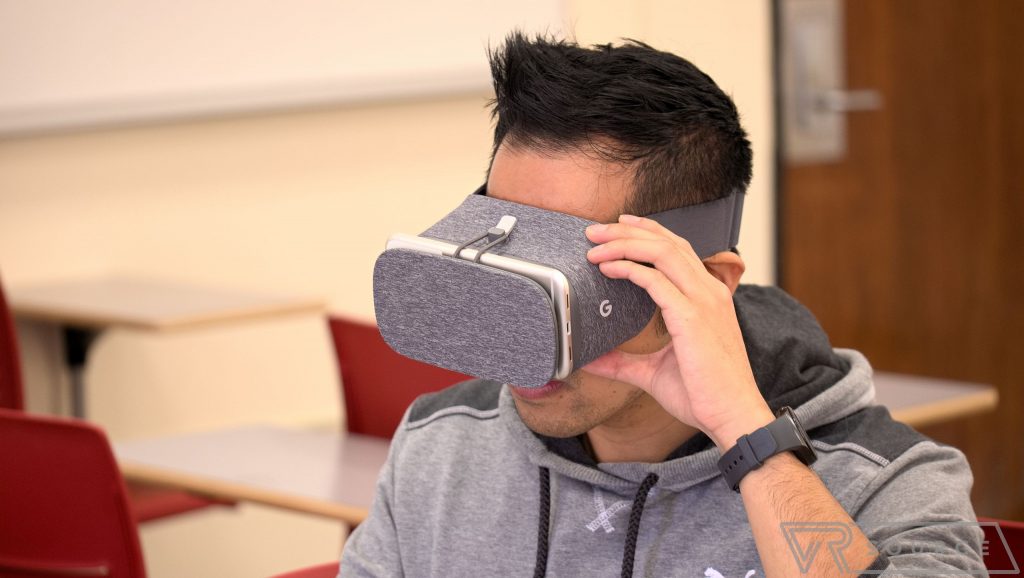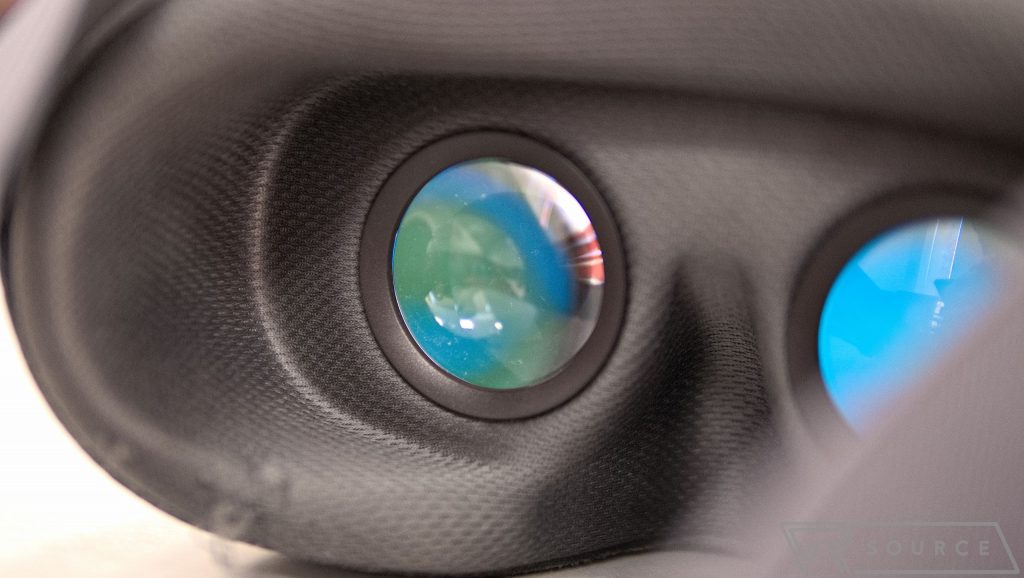Affiliate links on Android Authority may earn us a commission. Learn more.
Google clarifies requirements for Daydream VR-ready phones

We finally know what Daydream VR-ready actually means.
Google recently updated the Android Compatibility Definition Document (CDD) for Android 7.0 Nougat. There are quite a few interesting changes, including some that point to consistent in-line controls for headphones, tweaks to the Android update model, and a potential ban of third-party charging standards.
Don’t miss: Daydream VR: everything you need to know
Another provision of the document finally lays out the requirements that a smartphone must meet in order to be deemed Daydream VR-ready. While highly technical, these specifications give us an idea of what devices will work with Google’s new mobile VR standard.
Daydream VR-ready phones:
- MUST have at least 2 physical cores.
- MUST support sustained performance mode.
- MUST support Vulkan Hardware Level 0 and SHOULD support Vulkan Hardware Level 1.
- MUST support H.264 decoding at least 3840 x 2160 @ 30fps-40Mbps.
- MUST support HEVC and VP9, MUST be capable to decode at least 1920 x 1080 @ 30 fps-10Mbps and SHOULD be capable to decode 3840 x 2160 @ 30fps-20Mbps (equivalent to 4 instances of 1920 x 1080 @ 30fps-5Mbps).
- STRONGLY RECOMMENDED to support android.hardware.sensor.hifi_sensors feature and MUST meet the gyroscope, accelerometer, and magnetometer related requirements for android.hardware.hifi_sensors
- MUST have an embedded screen, and its resolution MUST be at least be Full HD (1080p) and STRONGLY RECOMMENDED to be Quad HD (1440p) or higher
- MUST measure between 4.7″ and 6″ diagonal
- MUST update at least 60 Hz while in VR Mode
- The display latency on Gray-to-Gray, White-to-Black, and Black-to-White switching time MUST be ≤ 3 ms
- The display MUST support a low-persistence mode with ≤5 ms persistence
- Device implementations MUST support Bluetooth 4.2 and Bluetooth LE Data Length Extension.
The full list of requirements is available here. A quick note on verbiage: “MUST” means that the requirement is mandatory, while “STRONGLY RECOMMENDED” and “SHOULD” mean that Google allows manufacturers to go against its recommendations.
The situation is a bit fuzzy when it comes to the processor requirements. While ZTE announced this summer that the Axon 7 (powered by Qualcomm Snapdragon 820) is Daydream VR ready, Qualcomm later stated that only Snapdragon 821 supports Daydream VR. Vulkan 1.0 support alone doesn’t guarantee compatibility, as Samsung’s S7 and S7 Edge support Vulkan, but are not Daydream VR-ready as far as we know.

Google doesn’t specifically demand an OLED display in the CDD, but the need for low latency and persistency probably means that only phones with OLED panels will make the cut. That could increase even further the demand for AMOLED displays, which is already on the rise and expected to boom in 2017. On the flipside, Full HD devices are supported, though Google would obviously prefer the denser Quad HD.
So far, if you want a Daydream VR-ready device, the safest bets are the Google Pixel and Pixel XL and the ZenFone 3 Deluxe with Snapdragon 821. There are other Snapdragon 821 devices out there, but they haven’t been officially confirmed to work with Daydream VR headsets like Google’s Daydream View. Speaking of that, the View will ship tomorrow, so there’s a good chance that Google will shed light on the matter very soon.
This post was originally published on VRSource.com.